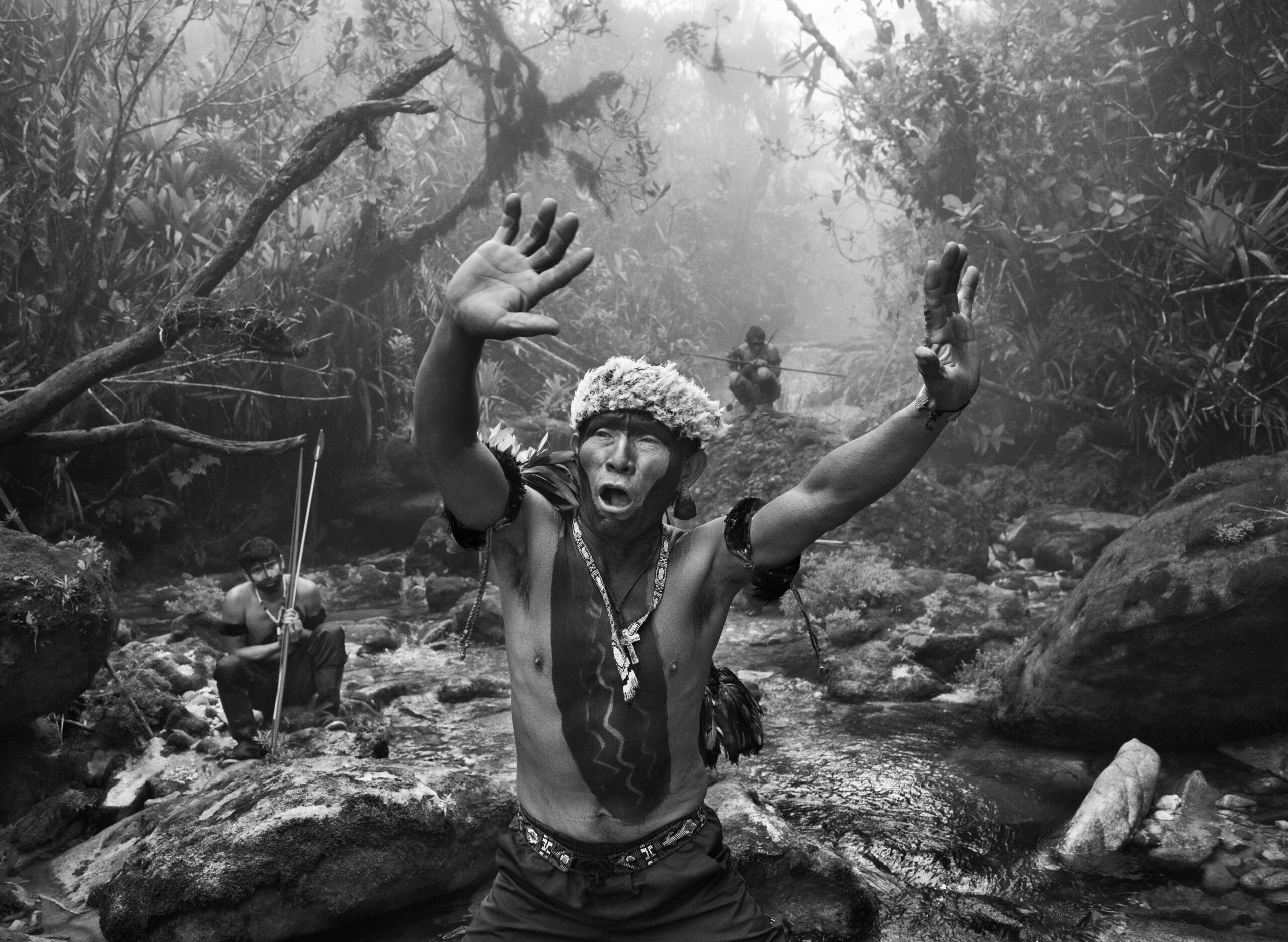LONDON – Leaders from over 200 countries are currently converging on the Scottish city of Glasgow to respond to the threat of climate change. Crucial to the United Nations’ 26th Conference of Parties (COP26) summit, and its goal of limiting global warming, is the Amazon rainforest, the world’s largest carbon sink.
Three hundred and fifty miles south, in London, a new photography exhibit depicts the richness, power and fragility of this unique ecosystem. “Amazônia,” a collection of photos curated by Leila Wanick, masterfully distills seven years of photography by Sebastião Salgado (Wanick’s husband), giving the viewer unparalleled access to the furthest reaches of the Amazon and the lives of its people.
For Salgado, a celebrated photographer and UNICEF Goodwill Ambassador, conservation is a central part of his life’s work. In the 1990s, the duo set out to restore part of the Atlantic Forest in the Rio Doce Valley in the Brazilian state of Minas Gerais. After restoring 17,000 acres, they founded the nonprofit Instituto Terra, which focuses on reforestation, conservation and environmental education.
Upon entering the exhibition, visitors are enveloped by sounds of the forest and surrounded by dramatic, large-scale black and white photographs of the Amazon. The photographs convey a sense of vastness and strength. But the exhibition also gives an impression of the frailty of an ecosystem close to its tipping point — and the devastating consequences that can come from climate inaction.

Once regarded as a “green hell,” the Amazon is now at the center of an international conversation on the future of the world’s climate. Scientists warn of proximity to a crucial tipping point. Additional deforestation could deplete the ecosystem’s processes and transform it into a savannah that would release carbon into the atmosphere instead of sequestering it. And every day the forest is more vulnerable. Sixty percent of it lies in Brazil, where in past years Jair Bolsonaro’s government has relaxed enforcement of laws meant to prevent deforestation and protect people living within the forest.
For decades, indigenous communities across the Amazon have been on the frontlines of the preservation fight. “Amazônia” functions as a kind of vicarious expedition to these communities. Amid a sea of majestic black and white images of the forest, the exhibition also features bright orange structures built to resemble ocas, traditional indigenous dwellings. These structures give an intimate glimpse into the lives of 12 communities, ranging from well-known groups in the Xingu Territory in Mato Grosso, to the withdrawn and often feared Korubo from the Javari Valley (known for fiercely protecting their community by any means). At the center of each space, videos allow visitors to see and hear from the leaders of each community. No matter how culturally diverse and geographically dispersed they are, they have one thing in common: a respect for the forest and an intrinsic drive to protect it.

But it’s not only indigenous communities that are at risk of losing their way of life. If deforestation is not contained, the result will be a huge loss to biodiversity, changing water cycles across the globe causing more frequent droughts, as well as a complete release of the estimated 150 to 200 billion tons of carbon dioxide the forest currently stores — exacting a devastating toll on efforts to contain global warming.
The exposition leaves visitors with both a sense of awe and an angst at the prospect of losing this green paradise. There is no silver bullet to protect the Amazon or to prevent climate change in general, but what is clear is that the dynamics in the Brazilian Amazon are a microcosm of global negotiations now taking place in Glasgow. Dueling interests in Brazil between activists, businesses, policymakers and various politicians are to be expected too at COP26. At a critical crossroads for the forest and the world, Salgado’s important work serves to strengthen convictions in the worth of nature — a haunting, beautiful ode to what we stand to lose if we refuse to take action now.
—
Reina is a former editor at AQ.




